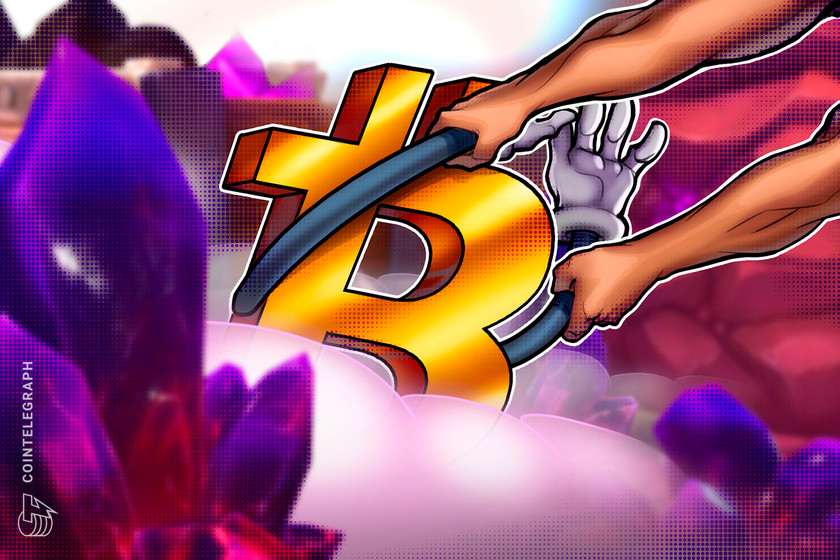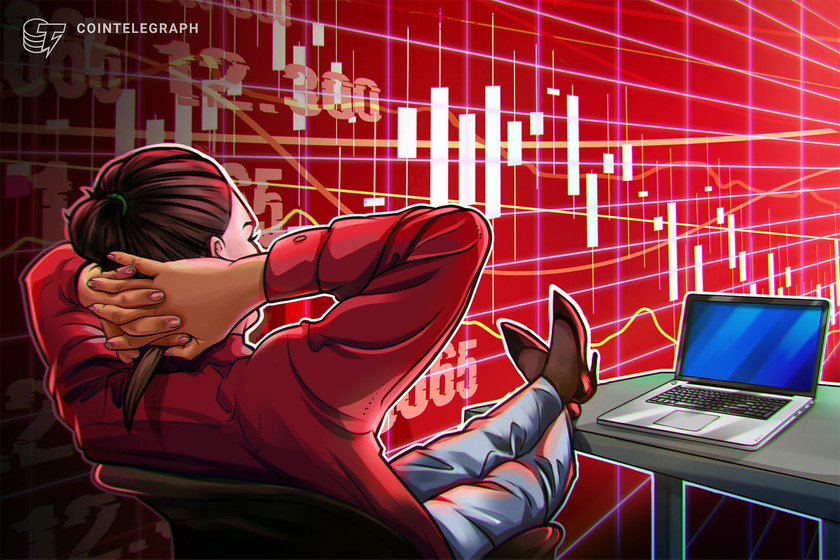Bitcoin derivatives data reflects traders’ belief that $20K will become support


Declining interest in margin shorts and a balanced risk perception in options markets highlight a possible path to $21,500 for BTC price.
Bitcoin (BTC) showed strength on Oct. 4 and 5, posting a 5% gain on Oct. 5 and breaking through the $20,000 resistance. The move liquidated $75 million worth of leverage short (bear) positions and it led some traders to predict a potential rally to $28,000.
Shared this descending channel 2 days ago.$BTC has managed to break through the middle line.
Next target = Upper channel trendline = ~21.5k.In case of a breakout, 28k-30k are possible. pic.twitter.com/dyqMLdcXZ4
— ⓗ (@el_crypto_prof) October 4, 2022
As described by Moustache, the descending channel continues to exert its pressure, but there could be enough strength to test the upper channel trendline at $21,500. The price action coincided with improving conditions for global equity markets on Oct. 4, as the S&P 500 index gained 3.1% and the tech-heavy Nasdaq Composite rallied 3.3%.
Curiously, the sentiment improvement happened while the United States job openings dropped by 1.1 million in August, according to the U.S. Labor Department. The decline was the largest since April 2020 and signaled the U.S. Federal Reserve’s aggressive contractive monetary policy could end sooner than expected.
The overall bullish sentiment might have caused Bitcoin to break the $20,000 resistance, but that does not mean professional investors are comfortable at the current price levels.
Margin traders did not increase their longs despite the rally
Monitoring margin and options markets provide excellent insight into how professional traders are positioned. Margin trading allows investors to borrow cryptocurrency to leverage their trading position. For example, one can increase exposure by borrowing stablecoins to buy an additional Bitcoin position.
On the other hand, Bitcoin borrowers can only short the cryptocurrency as they bet on its price declining. However, unlike futures contracts, the balance between margin longs and shorts isn’t always matched.


The above chart shows that OKX traders’ margin lending ratio has remained relatively stable, near 12. At the same time, Bitcoin price jumped 5% since Oct. 3. Furthermore, the metric remains bullish by favoring stablecoin borrowing by a wide margin. As a result, pro traders have been holding bullish positions.
Option markets hold a neutral stance
To understand whether Bitcoin will be able to sustain the $20,000 support, the 25% delta skew is a telling sign whenever arbitrage desks and market makers are overcharging for upside or downside protection.
The indicator compares similar call (buy) and put (sell) options and will turn positive when fear is prevalent because the protective put options premium is higher than risk call options.
The skew indicator will move above 12% if traders fear a Bitcoin price crash. On the other hand, generalized excitement reflects a negative 12% skew.


As displayed above, the 25% delta skew had been above 12% since Sept. 21. It did nosedive below that threshold on Oct. 3, suggesting options traders are pricing a similar risk of unexpected pumps or dumps.
Whenever this metric stands above 12%, it signals that traders are fearful and reflects a lack of interest in offering downside protection.
Despite the neutral Bitcoin options indicator, the OKX margin lending rate showed whales and market makers maintaining their bullish bets after the 5% BTC price increase on Oct. 4.
Derivatives seem to reflect trust in the $20,000 support gaining strength as investors display higher odds of the U.S. Federal Reserve easing interest rate hikes sooner than expected.
The views and opinions expressed here are solely those of the author and do not necessarily reflect the views of Cointelegraph.com. Every investment and trading move involves risk, you should conduct your own research when making a decision.







































